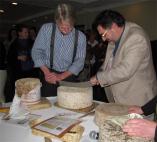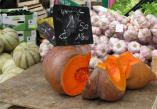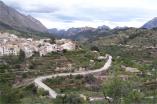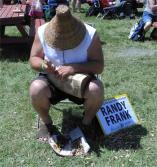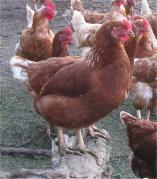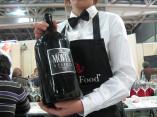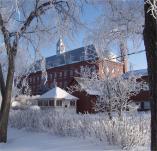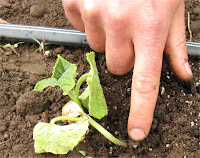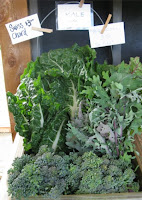The National Film Board’s treasure-trove of free films includes an hour long 2003 documentary called Crapshoot: The Gamble with Our Wastes. Well worth a look, it covers the basics of waste treatment and some of the truly monumental problems in dealing with sewage sludge.
Because the problem with sludge (aka biosolids, “bioslurp” and “black gold” – the terminology is ever-changing) is that it is not just human faecal matter, but completely random combinations of chemicals and metals. As long as they have private control over what goes into sinks and toilets, people can and do flush all kinds of things – pharmaceuticals, bleach, hair dyes and perm chemicals, paint thinners, pesticides, cleaning agents – down the drain, and then there’s effluent from industrial operations, and whatever chemicals, metals and toxins wash off streets and buildings and road accidents down the storm drains. So we really don’t know what’s in there.
Sludge from Edmonton’s sewers is combined with household (“municipal solid”) waste in a cruelly misnamed process called “co-composting” and used to produce something called NutriPlus, sold and labelled as an “organic” compost or “organic soil conditioner” (this is also done in the US). People are actually told to grow their backyard vegetables in this stuff. There appears to be no regulation of the term “organic” as it applies to fertilizer labelling (if anyone knows differently, please let me know) which seems crazy and dangerous. Sewage sludge is not a substance allowed into organic food production, but how would an unsuspecting gardener or farmer twig that an “organic” compost at the garden centre was actually made of municipal waste?
Edmonton’s household waste is, I would have thought, pretty likely to contain one or more of the following: carpets, foam, pillows, bedding, cushions, upholstery, insulation, sofas, chairs, other items of furniture (housing for TVs, stereos, computers, faxes, telephones, microwaves, kitchen appliances), cabling, glue, textiles, drapery, furnishing backings and coatings. And all of these things contain brominated fire retardants.
Brominated fire retardants (BFRs, aka PBDEs or polybrominated diphenyl ethers) show up nowadays at alarming levels in human breast milk. According to University of Pittsburgh’s Center for Environmental Oncology, these chemicals cause in experimental test animals:
permanent brain damage, abnormal development of sex organs, and defects in sperm. Many of these chemicals (and their combustion by-products) have also been shown to damage DNA (mutagenic), cause cancer (carcinogenic), and act like the hormone estrogen (endocrine disruptors).
They are linked to non-Hodgkin’s lymphoma (as well as hyperthyroidism in cats, a previously unknown feline disease that is now the second most common disease in North American moggies).
BFRs came to public attention in Sweden, where they were found in sewage sludge that had been used in agriculture; as we might think typical behaviour for governments, there was no government move to stop spreading this on the fields, but consumer reaction was such that the Swedish National Farmers’ Union banned the practice. As has been done by farmers’ unions in France, Germany, Sweden, Luxembourg and Finland; the Netherlands and Switzerland have banned it entirely.
Truly, where it meets the world of food, sludge is at its most terrifying. As one of the Swedish scientists interviewed in the film, remarked, if you think broccoli is a healthy food, maybe you need to have a closer look at what it was grown in. (And, it follows, from what may eventually leech into groundwater from the fields.)
The problem is, what on earth do you do with sewage waste? For lack of a better idea, all across Canada, legislators have simply agreed that sewage sludge is good for the land, and that there’s no problem dumping it on our food crops: Ontario’s website practically bursts with pride in sludge’s benefits to soil health.
Here in Victoria, the city lumbers towards a decision about where to place its yet-to-be created sewage treatment plant, after years of taking stick for dumping raw sewage into the ocean, as do many other Canadian coastal communities. I guess in some ways it’s hard to see which could win the moral high ground: spreading it “treated” on the fields or dumping it raw into our seafood.
The film’s brightest notes came in its promotion of composting toilets as one practical way we can close our individual ecological loop. But stopping industrial pollution is a vastly more difficult task for political systems, although the film’s instructions are simple:
Industrial waste has to be a tight loop. Every industry should recycle, in one way or another, its own wastes. And if you can’t do it, you can’t produce those things. That’s what the policy should be.
The planet’s health and life will depend on such policies. Unfortunately, life and health are not always considered conclusive arguments in human policy-making.

